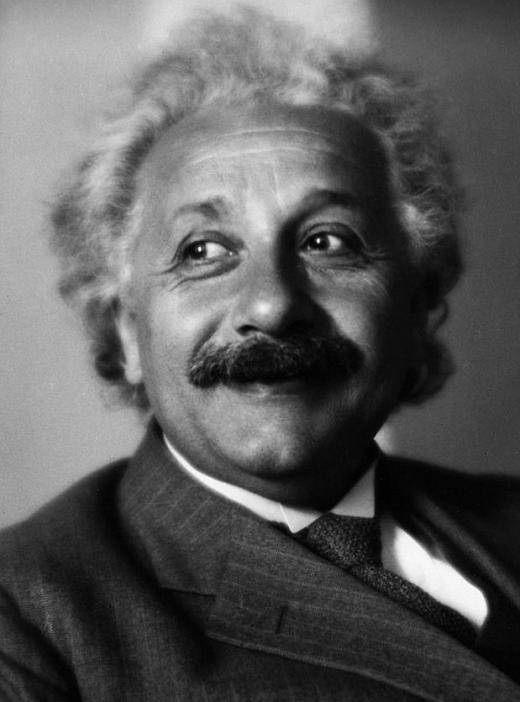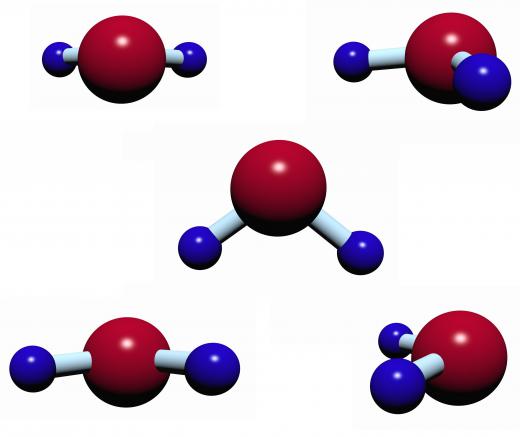What is Radiant Power?
The word “radiant” comes from the word “ray,” thought to be a packet of energy, streaming out in straight-line motion from a source to a target. The term "radiant power" refers to the average, sustainable, electromagnetic (EM) energy received from a source, either natural or manmade, over time. The longer the duration of exposure to radiation, or radiant energy, the greater the radiant power produced. Radiant energy can be employed only if its source, mode of transmission and target, usually a detector or power plant, are stable and sustainable over a given amount of time.
The three parts of radiant power distribution — the source, transmission and target — can be illustrated in a natural system. For example, the radiant power from the sun’s photons is transmitted to Earth and may hit natural targets such as tree leaves. The process of photosynthesis begins, carbon dioxide is converted into glucose, and the tree’s develops a storage of chemical energy.
Incoming EM energy can be transformed at the target into other forms of usable energy as well. Municipalities, homes and businesses employ processes to harness power from various sources of radiant energy. This is done mostly to produce electricity.

The sun is the Earth's closest source of EM radiation, distributing a wide range of energy packets, called quanta, oscillating at various frequencies. The faster the packets oscillate, the greater amounts of radiant power they transmit. Atomic decay, because of the weak nuclear force, and violent atomic interactions in star evolution produce the full radiative power spectrum. Detectors that astronomers use to visualize the universe make use of the entire EM frequency spectrum, but humans, who can naturally detect radiation only in the light spectrum, have invented technologies to identify and harness frequencies from low-energy radio waves, microwaves and infrared waves to high-energy X-rays.

As matter comes in smaller and more energetic packages, it transmits in the intervening space in such a way that if one tried to find its position, he or she would be able to observe it only statistically. According to experiments, at about the size of a hydrogen atom, energy packets become non-local. That is, their locations can be determined only as statistical distributions, the likelihood that the energy packet will be sampled at a specific place or time.

Humans create artificial power plants to capture radiant energy for use in a number of ways. Energy from the sun heats a black body, emitting infrared waves, agitating and heating water molecules for use in the home and industry. When light waves are set in phase, they function as lasers to focus power over small surface areas.
Albert Einstein won the 1921 Nobel Prize in Physics for describing the photoelectric effect that occurs when light hits conductive wiring, causing electrons in the metal to flow; photovoltaics grew out of this discovery. Microwaves heat food through interaction of radiant infrared waves with food molecules. Calculating the amount of insolation from the sun over time gives climatologists an idea of the radiant power available to force warming and cooling of the Earth.
AS FEATURED ON:
AS FEATURED ON:













Discuss this Article
Post your comments